Welcome to our Culture Trip series, and before you continue reading, feel free to check out the editions on:
- Vienna (HR / ENG)
- London (HR / ENG)
- Edinburgh (HR / ENG)
- Copenhagen (HR / ENG)
- Catalonia (Barcelona & Figueres) (HR / ENG)
Merchants’ Harbour – that’s the translation of the Old Danish term Køpmannæhafn, which evolved into the modern name of Denmark’s capital, Copenhagen.
The capital of the land of LEGO bricks, Hamlet and hygge; a city once walked by notable figures like scientist Niels Bohr, astronomer Tycho Brahe, writers such as Hans Christian Andersen and Jussi Adler-Olsen, and philosopher Søren Kierkegaard. It’s also home to celebrated athletes – especially the national football team, European champions in 1992, and acclaimed filmmakers – directors Thomas Vinterberg, Nicolas Winding Refn, Lars Von Trier, and actor Mads Mikkelsen.
Today, it’s mostly known for its high level of socio-economic progressiveness, environmental and climate awareness, cycling culture, and the Danish approach to design and architecture. It’s a mix of old city harbours, canals, and royal palaces. Though Denmark is a parliamentary democracy, it remains one of the world’s last monarchies. While the monarchy is ceremonial, the royal family’s focus on public initiatives – and their avoidance of scandals (unlike the Norwegians and the British) – helps people understand its role as a remnant of past times.
As Denmark’s largest city, Copenhagen is its cultural, economic, and financial centre – home to major companies like Maersk, Jysk, Novo Nordisk (Insulin and Ozempic), and a key transport hub for the Nordic region. Copenhagen has been the capital of Denmark and its historically affiliated lands since the Middle Ages – from the Kalmar Union, the union with Norway, and the Golden Age – all the way to today.
Visit Copenhagen & Wonderful Copenhagen / Copenhagen Card
Copenhagen had been on my travel wishlist for years. In March 2020, my flight from Vienna was cancelled due to the pandemic, so I had unfinished business. This winter, around New Year’s, felt like the right time for a first visit. Despite the cold and likely rain, our four-person Mixeta editorial crew set off to explore this northern gem. In recent years, the city has seen a sharp rise in tourism – partly thanks to the work of the local tourism board, Visit Copenhagen & Wonderful Copenhagen.
Thanks to their support, we received press accreditation in the form of access to the incredibly practical Copenhagen Card and its companion app. This made the trip smooth and stress-free, allowing us to focus on enjoying the city rather than dealing with tickets, attraction bookings, or public transport fares.
The Copenhagen Card is a classic smart city card solution – but one that actually works perfectly and is fully digital. You just choose how many days you’ll stay, roughly plan your itinerary with included sights and attractions accordingly, and go. No need to overthink it.
The only real downside during our visit was the timing – many places close between Christmas and New Year. Unlike Croatia, New Year’s Eve is actually a public holiday in Denmark, so keep that in mind if you’re planning a similar trip. Luckily, Tivoli Gardens, one of Copenhagen’s iconic attractions, stays open during the festive season, even if the winter weather isn’t ideal for an amusement park.
SUNDAY – December 29
Getting from the airport to the city was quick and easy. After settling into our accommodation, we headed out to explore in the afternoon – but not right away. First things first – democracy! We made our way to the Croatian Embassy to vote in the first round of the presidential elections.
After that, we spent time walking the city streets. We tried to enter the Design Museum, but it was around 5 PM and they weren’t letting anyone in anymore – the museum closes at 6 PM. I was personally disappointed, as Danish design is a key export and I was especially curious to see pieces by the legendary Verner Panton.
We continued our walk past Frederik’s Church (also known as the Marble Church) and the Amalienborg palace complex, which stood out to me as one of the three grand royal residences, alongside Rosenborg and Christiansborg. Amalienborg is the main residence of the Danish royal family. It’s made up of four identical rococo-style palaces arranged around an octagonal square, at the center of which stands a bronze statue of King Frederick V, who commissioned the complex in the 18th century to mark 300 years of the House of Oldenburg on the Danish throne. Originally built for noble families, the palaces were purchased by the royal family after a fire destroyed Christiansborg Palace in 1794.
One spot you simply can’t skip in Copenhagen is Nyhavn Canal – “New Harbour” is one of the city’s most iconic and colorful areas. With its row of vibrant townhouses, historic sailing ships, and packed cafés and restaurants, it’s instantly recognizable from countless Instagram posts. We wandered through this part of the city center without much of a plan, just soaking in the winter chill and the atmosphere of the streets.
Freetown Christiania
We then went to the part of the city called Christianshavn, where the prominent Church of Our Saviour is located, known for its popular viewpoint. Unfortunately, due to bad weather, the viewpoint was closed, so we continued our visit toward Christiania.
Christiania is an autonomous community within Copenhagen, established in 1971 when groups of hippies, squatters, artists, and alternative thinkers occupied abandoned military barracks. Their goal was to create a society based on freedom, community, and self-governance, outside the control of the state. Over time, Christiania became a symbol of resistance to the conventional system and an experiment in alternative living.
Christiania has around one thousand residents and operates according to its own rules, which are made by consensus. The area is filled with colorful murals, handmade houses, gardens, and creative workshops – everything reflects a DIY approach, from governance to shaping the living environment.
At the entrance, there’s a well-known sign that reads “You are now leaving the EU,” emphasizing the autonomy the residents project outward. The community attracts artists, musicians, and curious visitors from all over the world, and it welcomes hundreds of thousands of tourists each year.
However, as I read extensively on Reddit during my stay, although Christiania is known for its tolerant atmosphere and the kind of creativity typical of such communities, it has faced certain problems in recent years.
The open sale of drugs on the so-called “Pusher Street” has led to conflicts between the police and criminal groups. Residents have repeatedly tried to clear the street of dealers themselves in an effort to maintain control over the area, but in recent years the violence has escalated to the point where some clashes have resulted in deaths – even of innocent civilians and passersby. As a result, police presence has now become a constant, which, while improving safety, somewhat undermines the core spirit of what Christiania is meant to be.
Personally, I can admit that I wouldn’t have minded lighting up a doobie while strolling through its streets and admiring the installations – but after everything I read, I wasn’t really in the mood for it. Also, the rainy and chilly weather, the awareness of the (un)safety, and the fact that some houses and areas are clearly marked with “Don’t take photos” signs – all of that made me feel like I was intruding on someone’s privacy just by being there.
As an experiment, Christiania is unique in Europe and definitely interesting. But the presence of criminal groups trying to exploit the lack of police oversight has resulted in even stricter control.
Solve a Mystery: Christiansborg / Christiansborg
As part of the Copenhagen Card, it’s possible to pick up a so-called Solve a Mystery game at the city’s tourist office – an interactive detective experience that combines elements of a game with a sightseeing tour of several city landmarks.
We chose the game set around Christiansborg. Participants take on the role of investigators from the year 1914, solving puzzles and following clues to crack a mysterious murder case.
I have to say – it was a very charming way to motivate deeper exploration of the Christiansborg Palace complex. During the game, I even stumbled upon a statue of Søren Kierkegaard which, after scanning a QR code, actually called me (!?).
Still, the slightly rainy and chilly weather, along with the early darkness around 4 PM, made the game a bit harder. We had to constantly refer to a physical case file-style document related to the murder mystery, which wasn’t ideal in those conditions. In the end, we didn’t solve the case in given time – but it was still a fun and memorable experience.
Christiansborg is a historic complex in the heart of the city that today serves as the political and cultural center of Denmark. It is located on Slotsholmen Island and was once the seat of the Danish monarchy. Today, it houses the Danish Parliament (Folketinget), the Prime Minister’s Office, and the Supreme Court of Denmark.
This makes it unique, as it is the only building in the world that simultaneously serves all three branches of government – legislative, executive, and judicial. The history of the complex dates back to the 12th century, when Bishop Absalon had the first fortress built on the site. That fortress was later demolished, and Copenhagen Castle was built on its foundations. It served as the royal residence until the late 18th century.
In the early 18th century, King Christian VI commissioned the first Christiansborg Palace, but it burned down in 1794. A second palace, built in the early 19th century, also burned down in 1884. The current version of the palace was completed in 1928 and has since served as the political center of Denmark.
In addition to its political importance, Christiansborg also holds cultural significance. The complex includes the lavish Royal Reception Rooms, including the Great Hall with tapestries depicting elements of Danish history. There is also the Royal Stables, the Ruins beneath the palace revealing remains of earlier fortresses, and the Royal Chapel. The building also hosts state ceremonies, royal receptions, and diplomatic meetings.
Conclusion
After finishing the tour, we headed for lunch and then returned to our accommodation to rest. We then got ready for New Year’s Eve, which we spent near the city square / Rådhus, where a large crowd had gathered.
What surprised us most was the Danes’ love for fireworks and firecrackers. There were even some dangerous situations, with fireworks being launched almost horizontally. The evening ended as it should – seeing off the old year and welcoming the new one, in a festive atmosphere filled with Danish hoppy beverages. The next day, with heavy rain and strong wind, there was only time for packing, breakfast, checking out, and a somewhat hungover journey to the airport.
To conclude – we have to say that this stay in Copenhagen will definitely remain a lasting memory. Not just because I, as its guest, bridged the end of one year and the beginning of another, but also because of everything we saw, experienced, learned, and lived through.
There’s a small regret that one more day would have rounded out the trip nicely, or that the weather had been a bit less “Nordic” and cold – but that was the risk of choosing this timing, and the city can’t be blamed for it! A big thank you goes to the city office Visit Copenhagen & Wonderful Copenhagen for providing us with the Copenhagen Card, which I wholeheartedly recommend to anyone planning a visit.
Thank you, Copenhagen, for the warm welcome and lovely time!


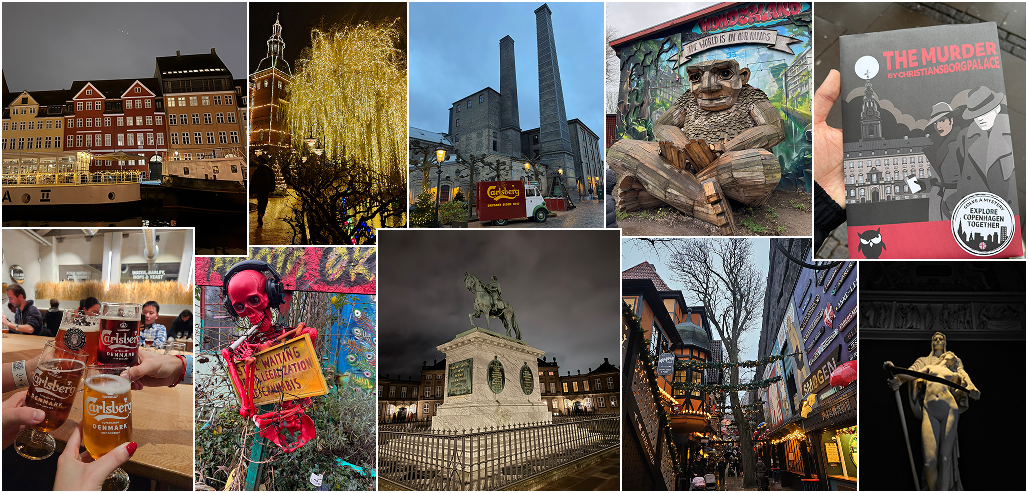
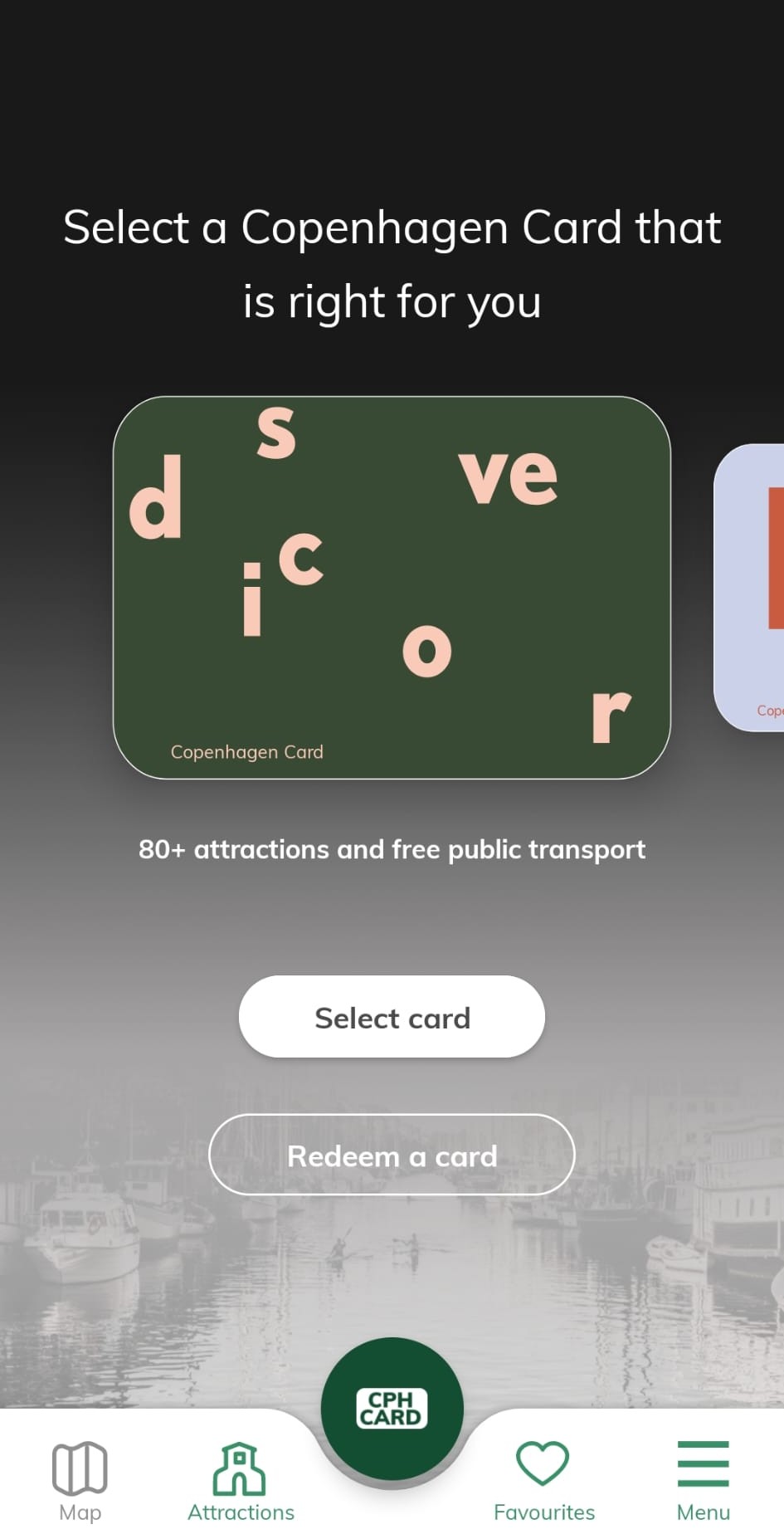
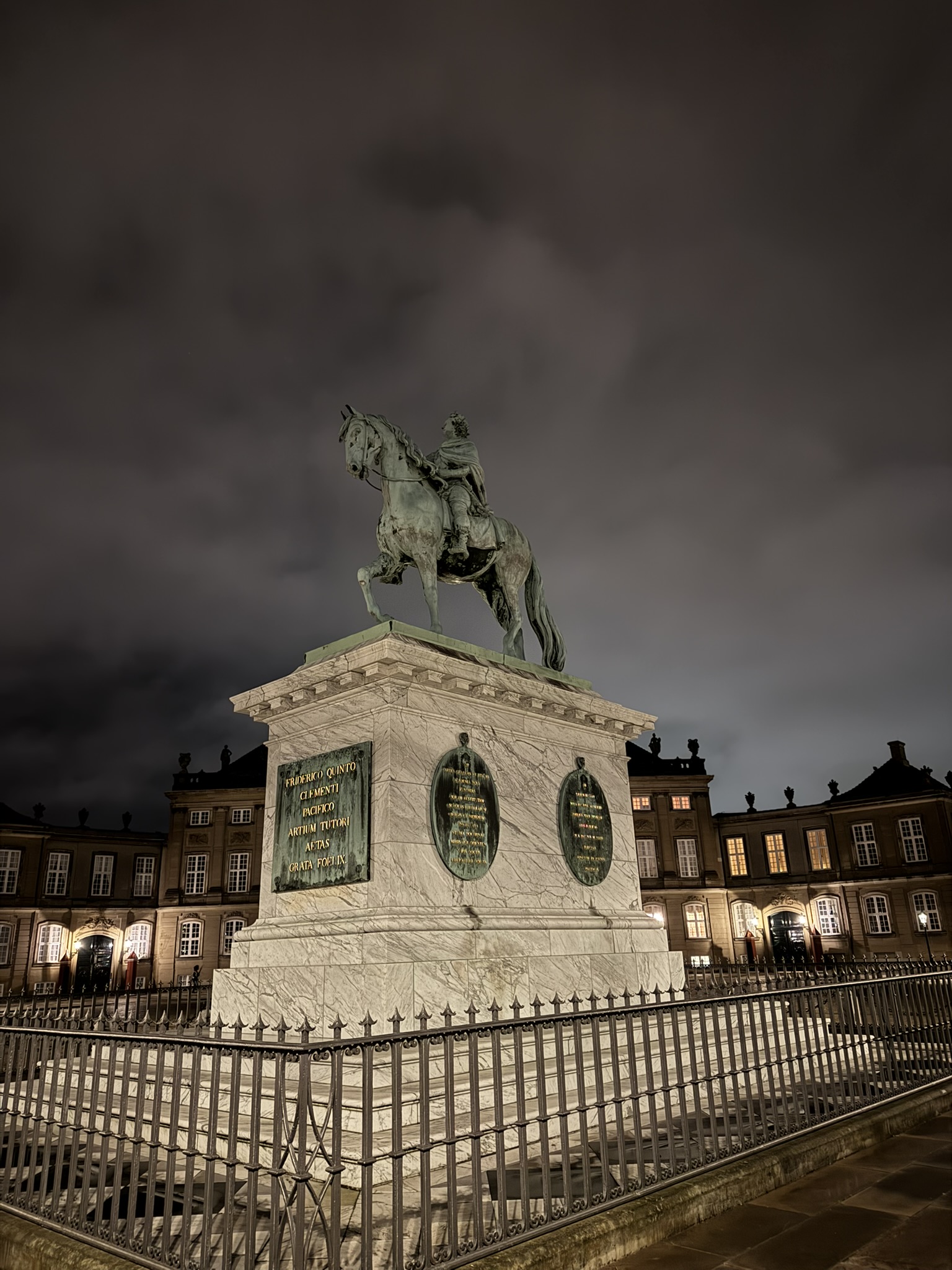
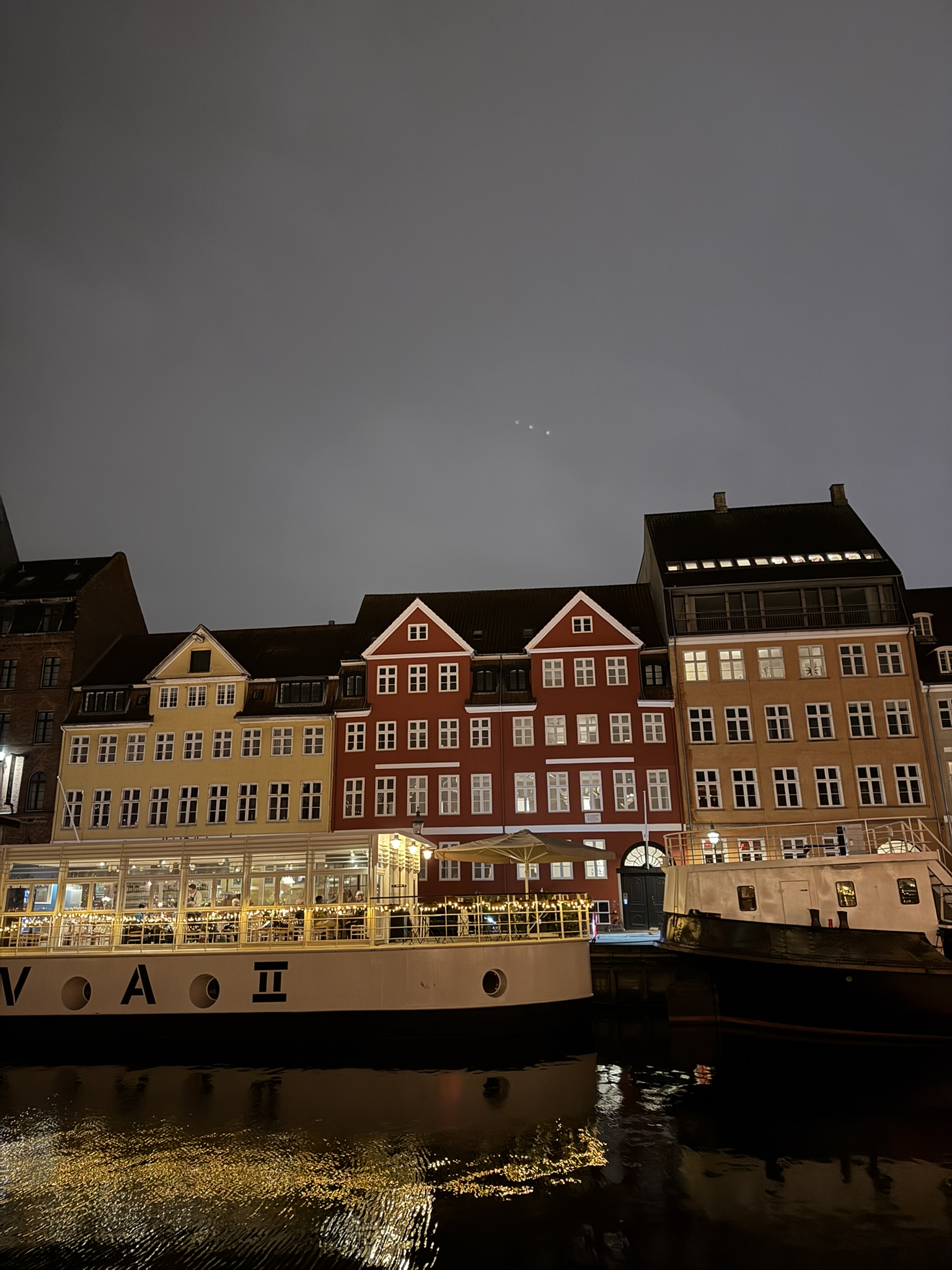
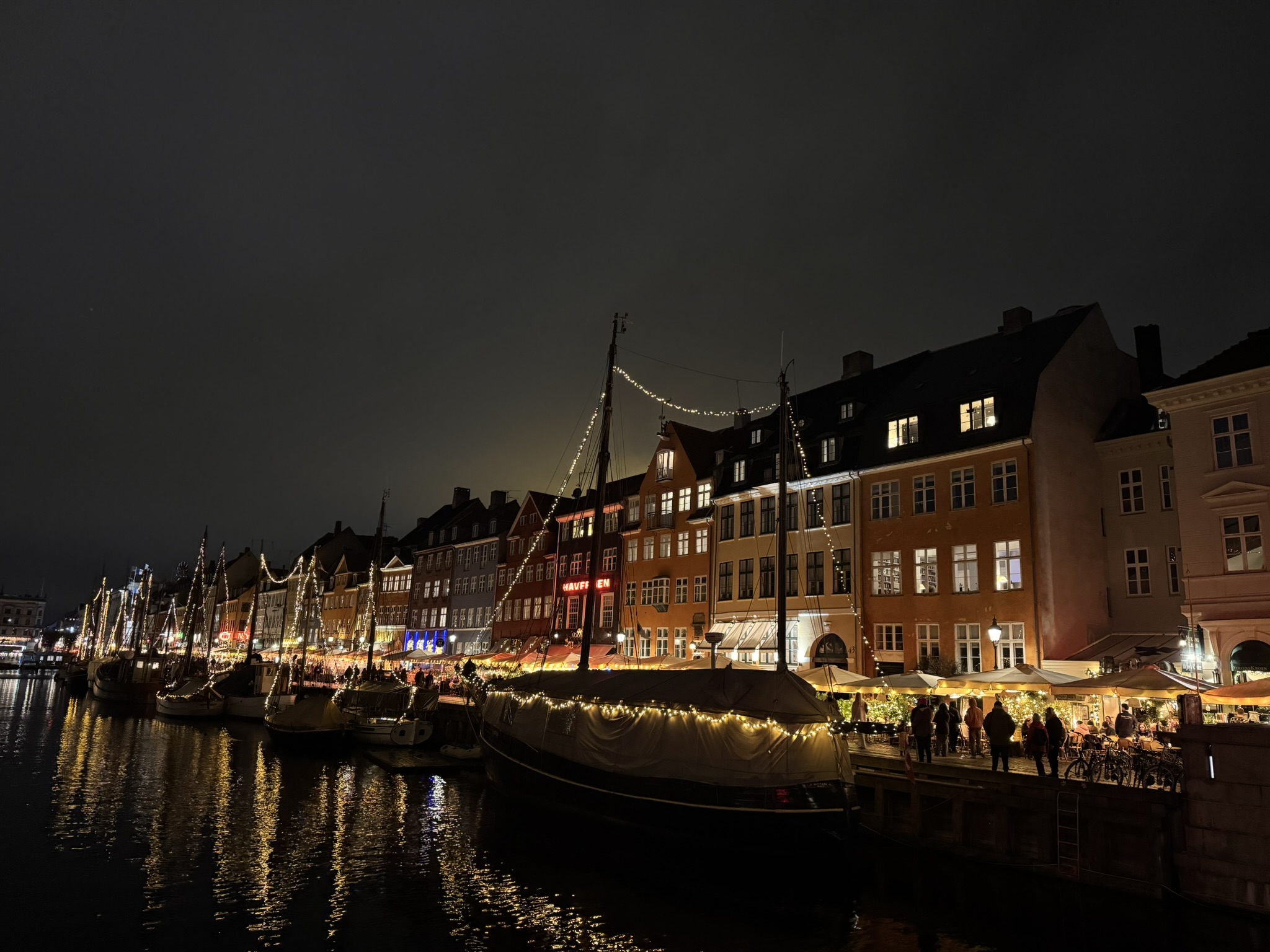

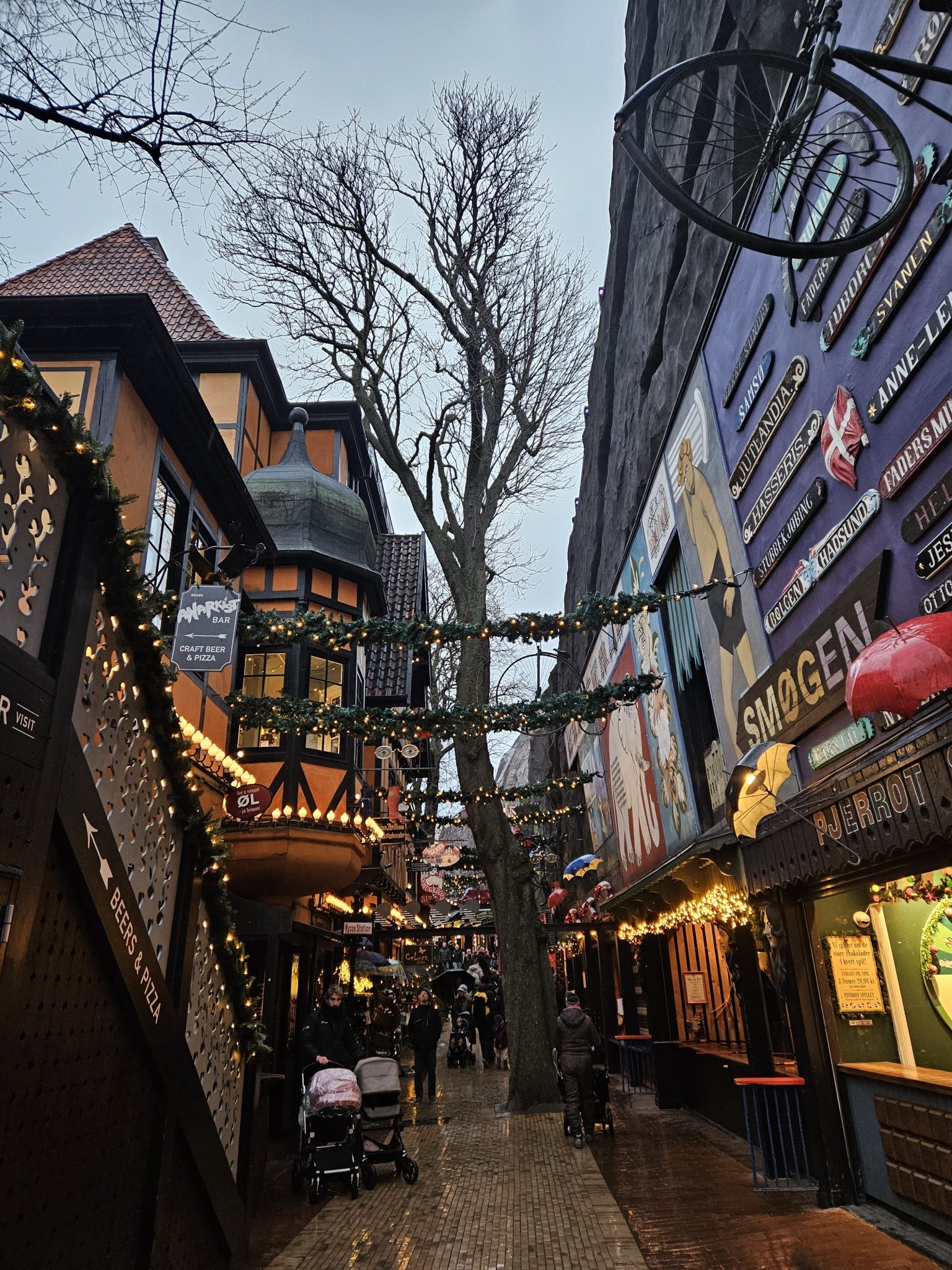
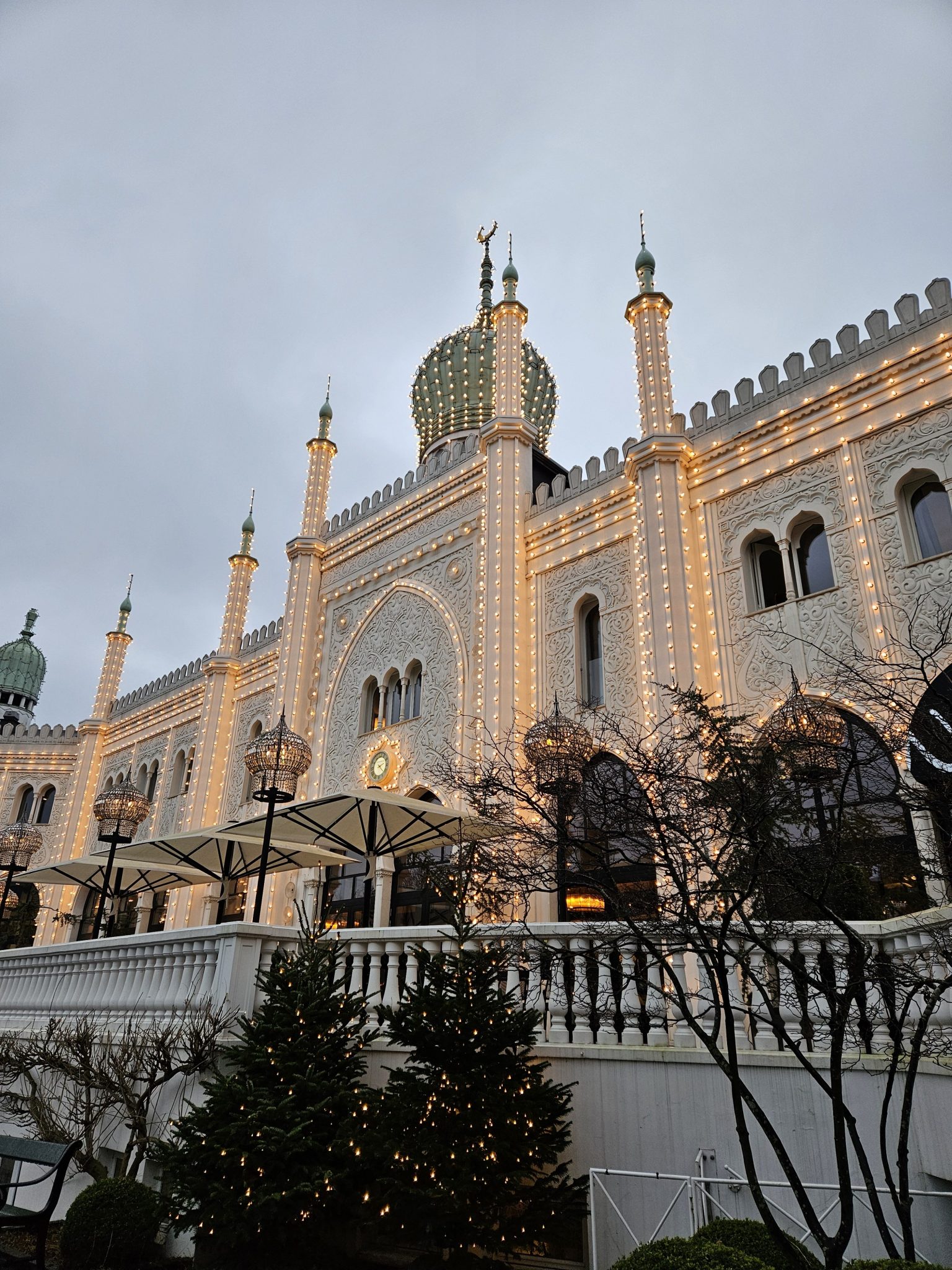
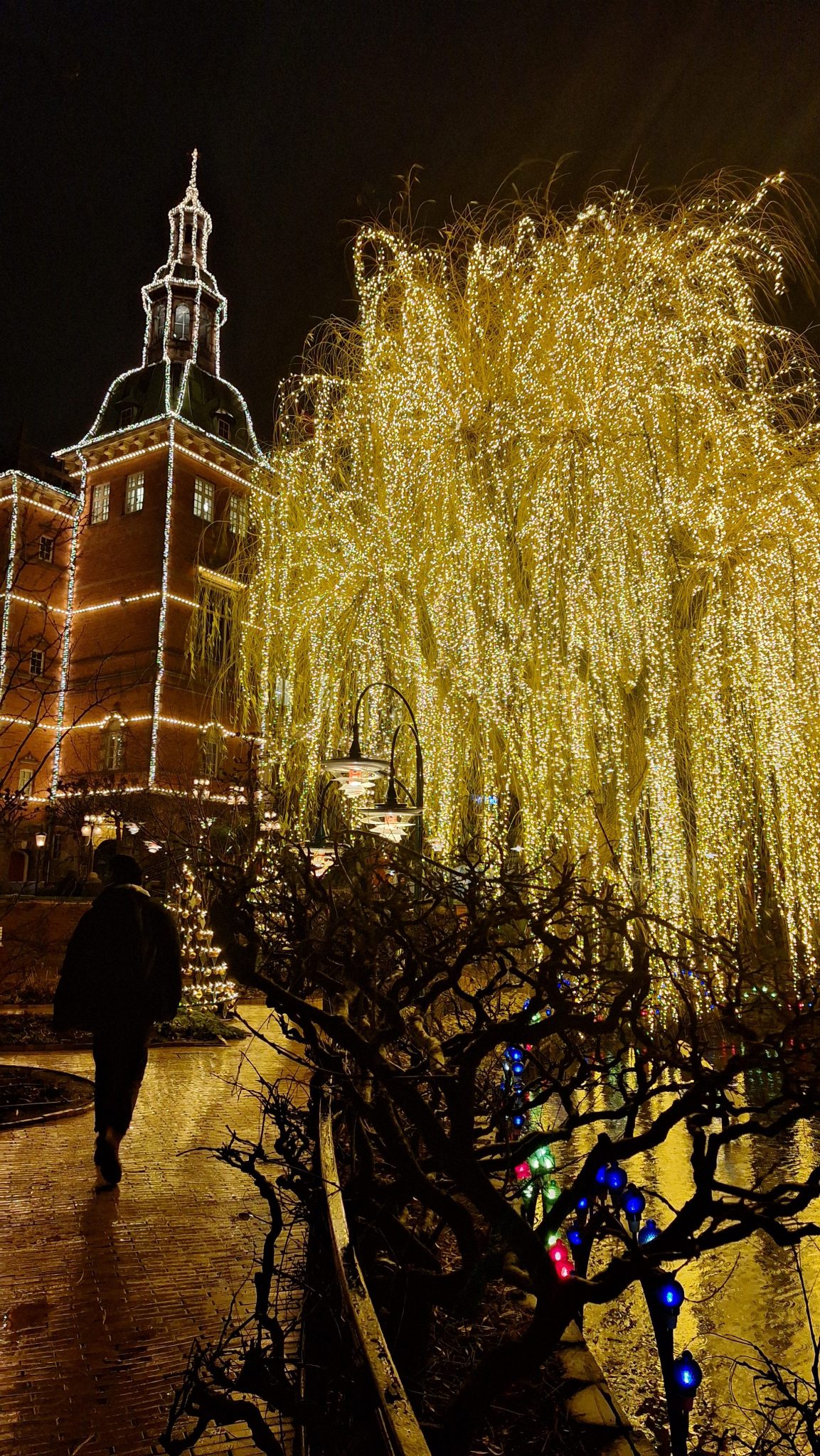
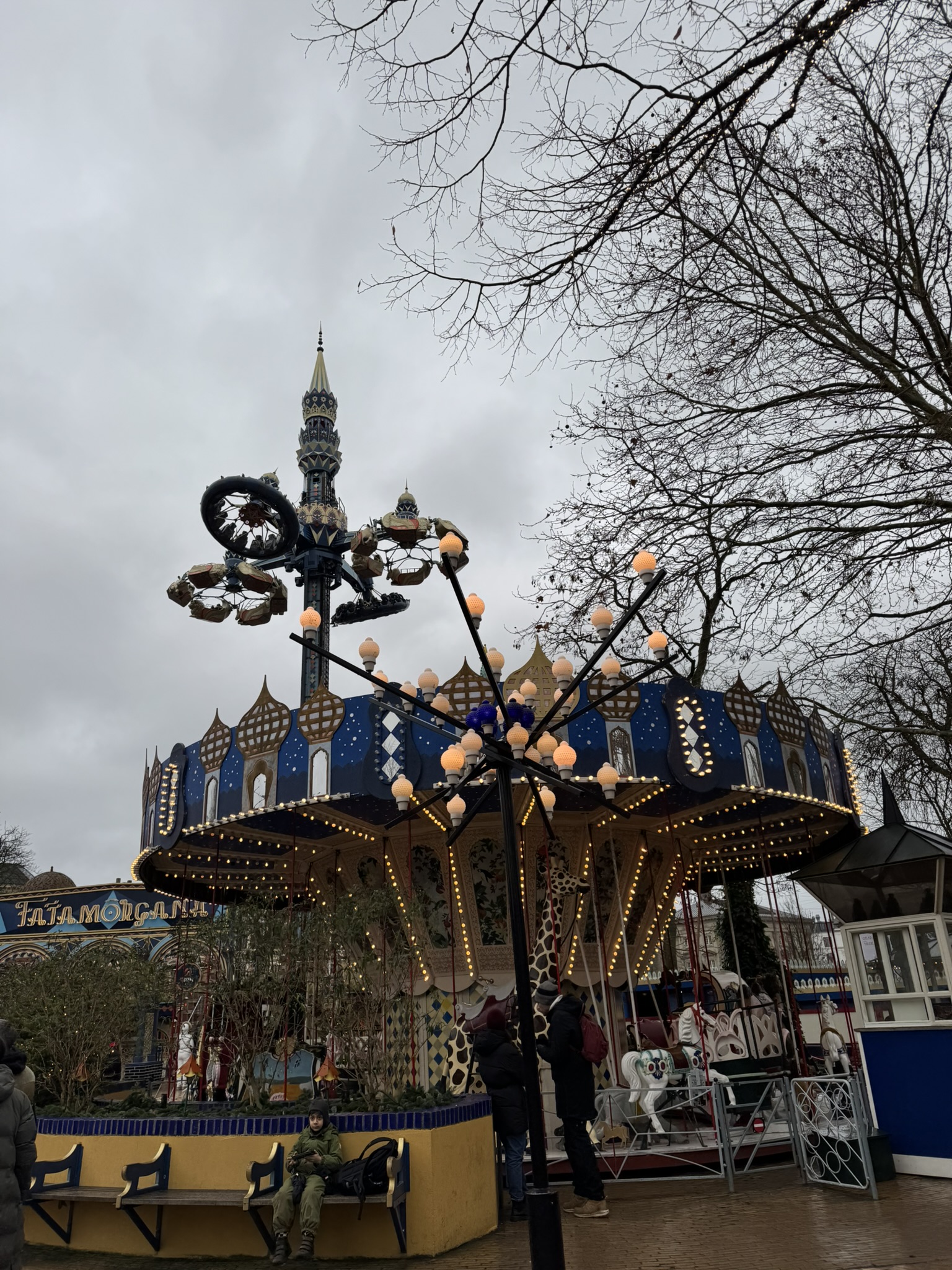
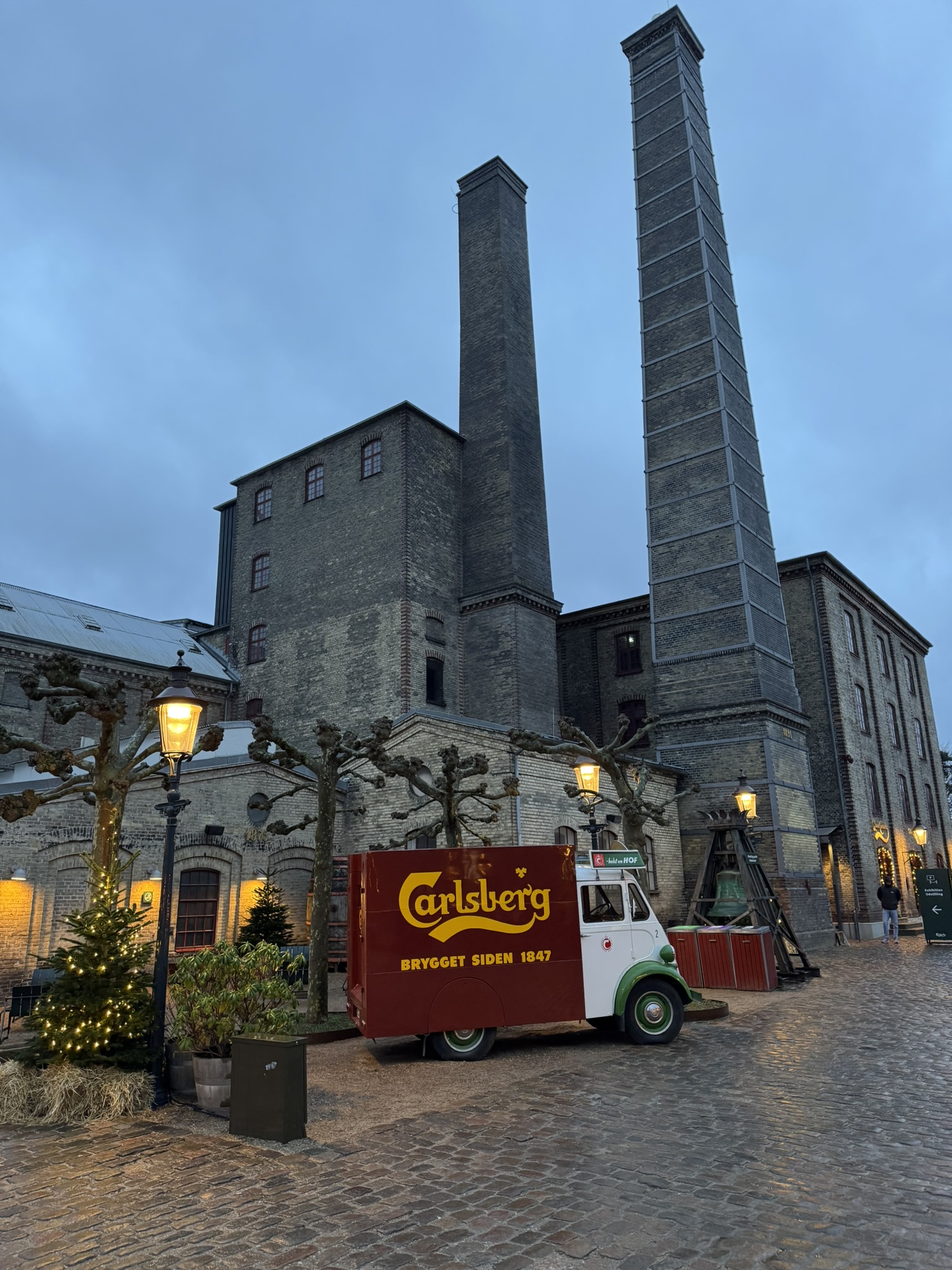
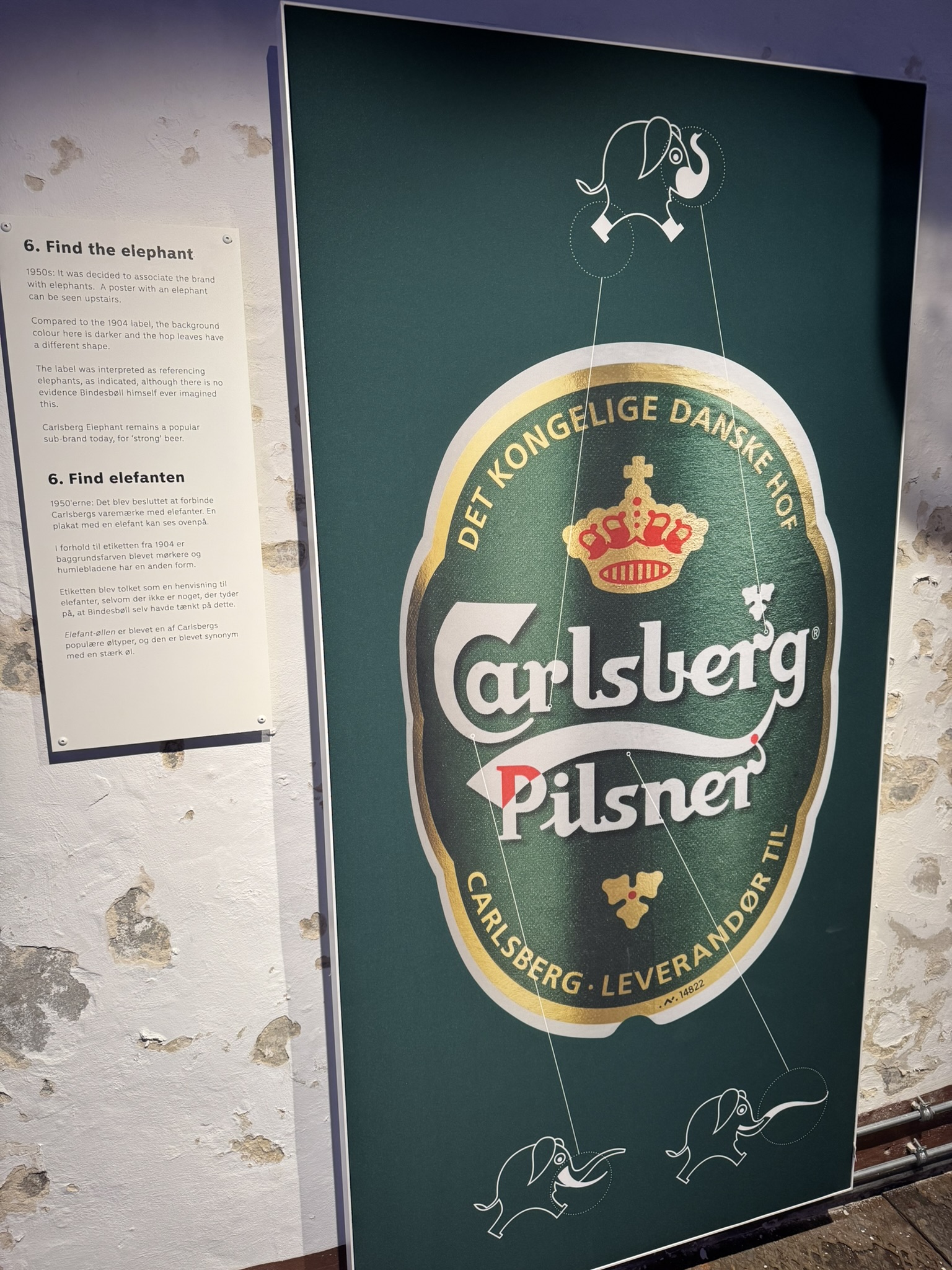
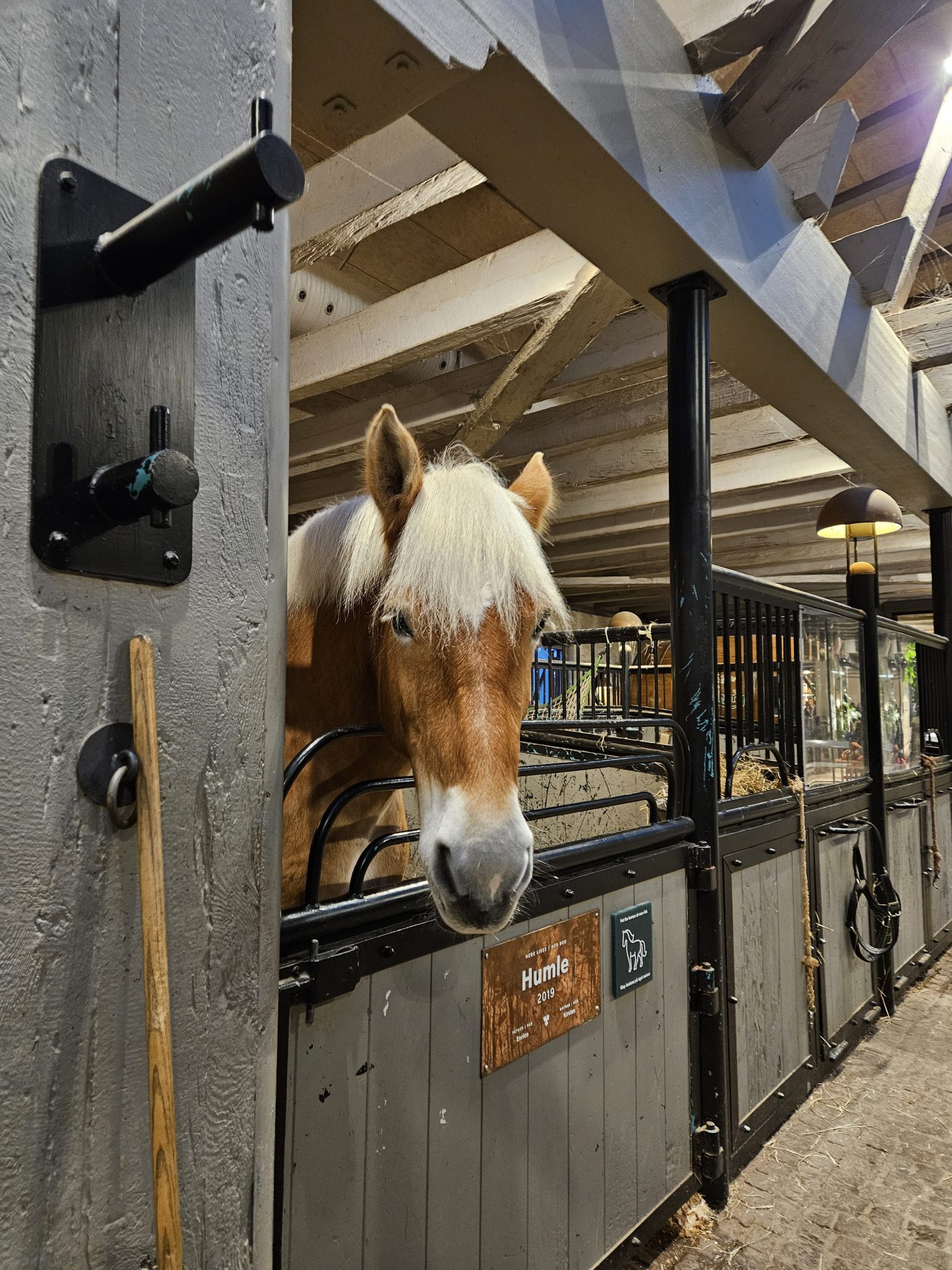
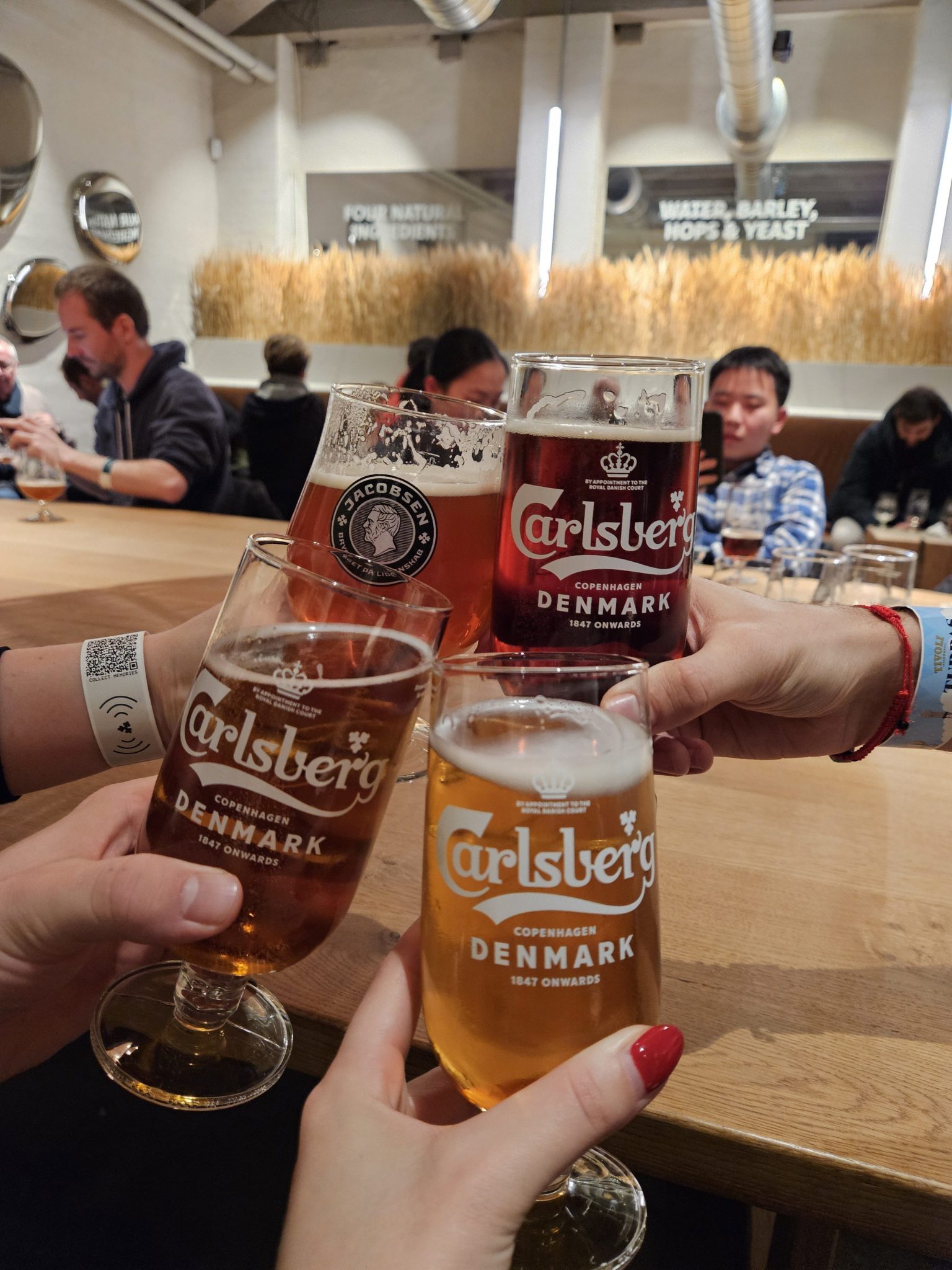
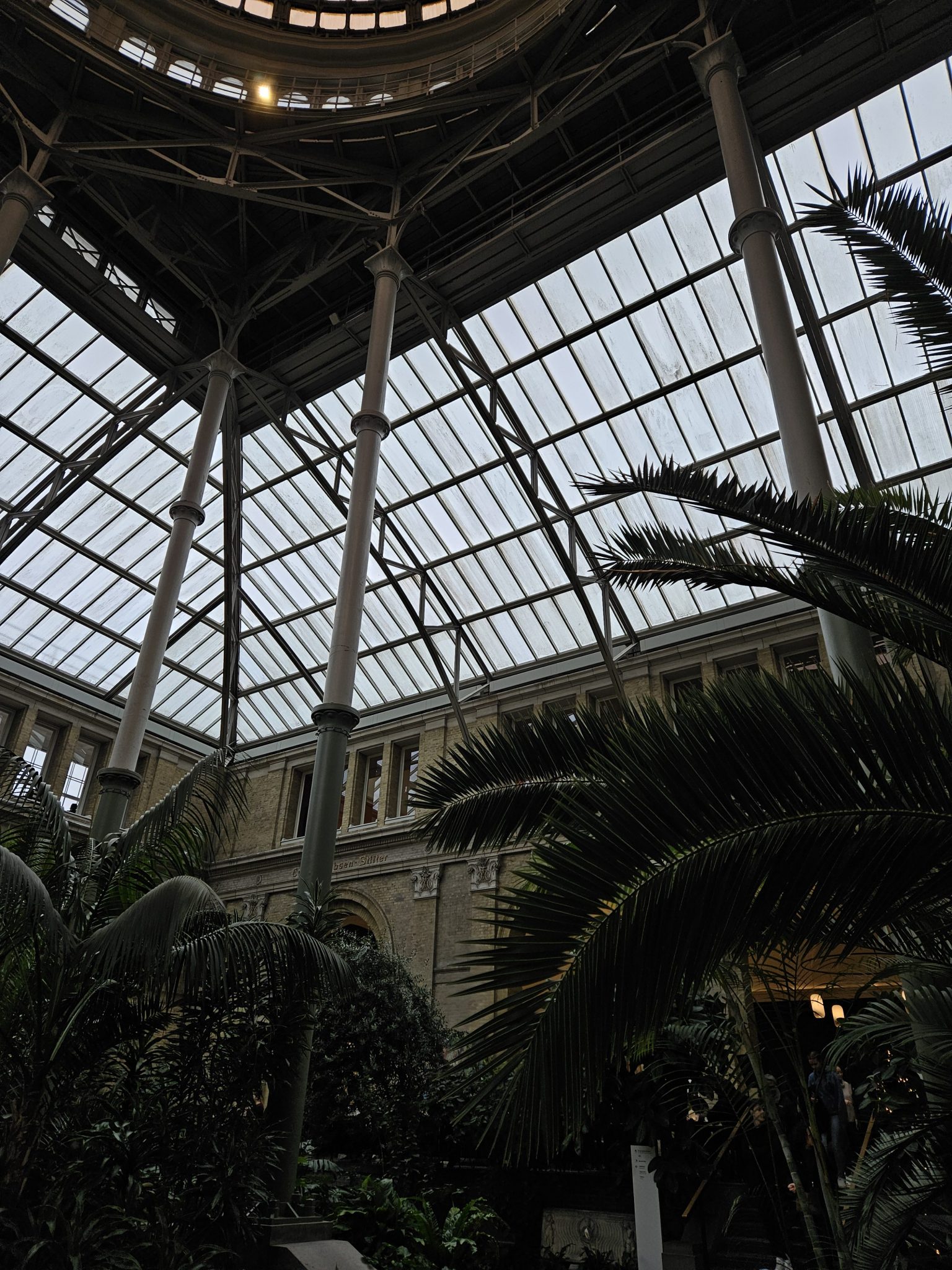
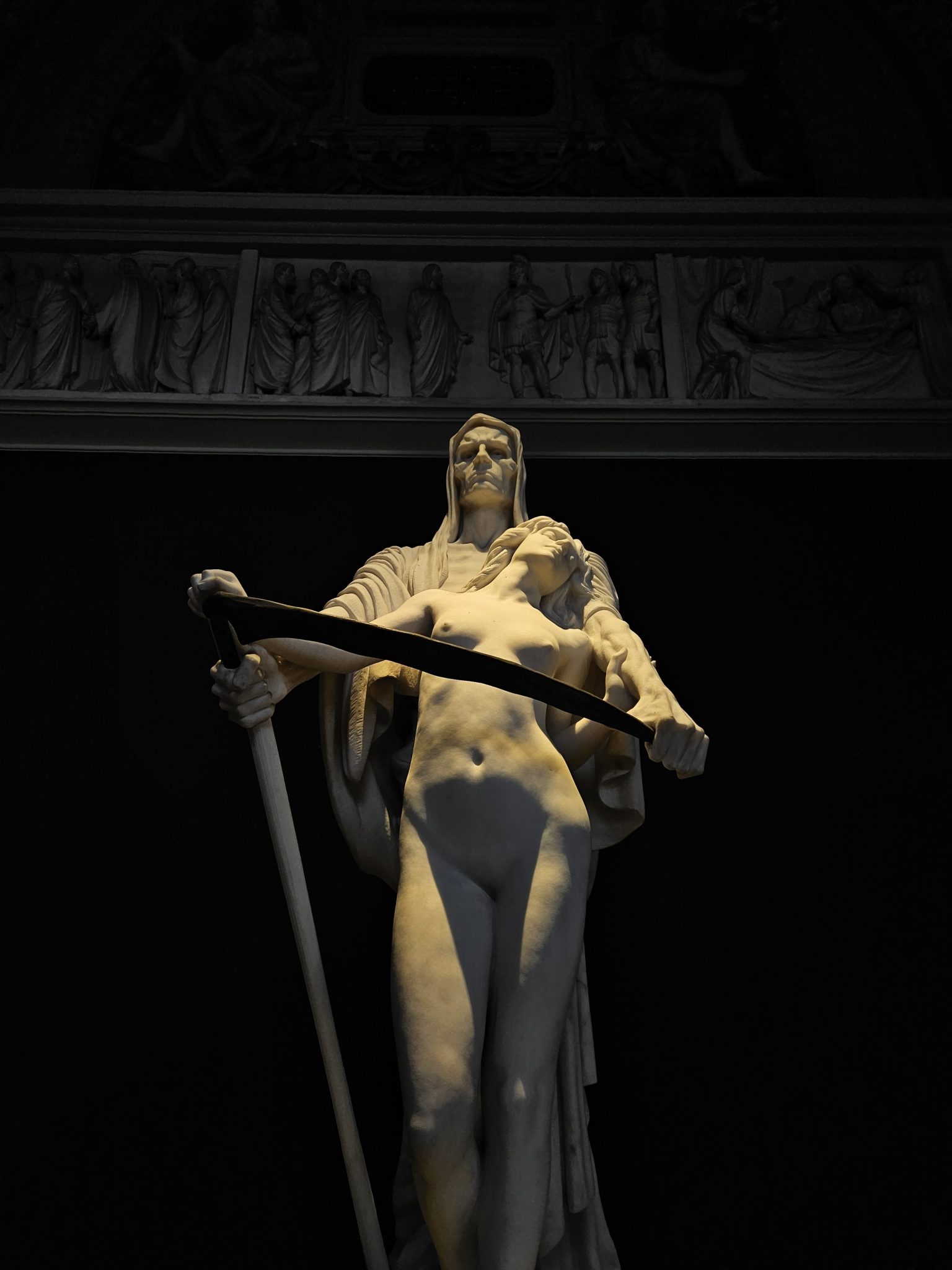
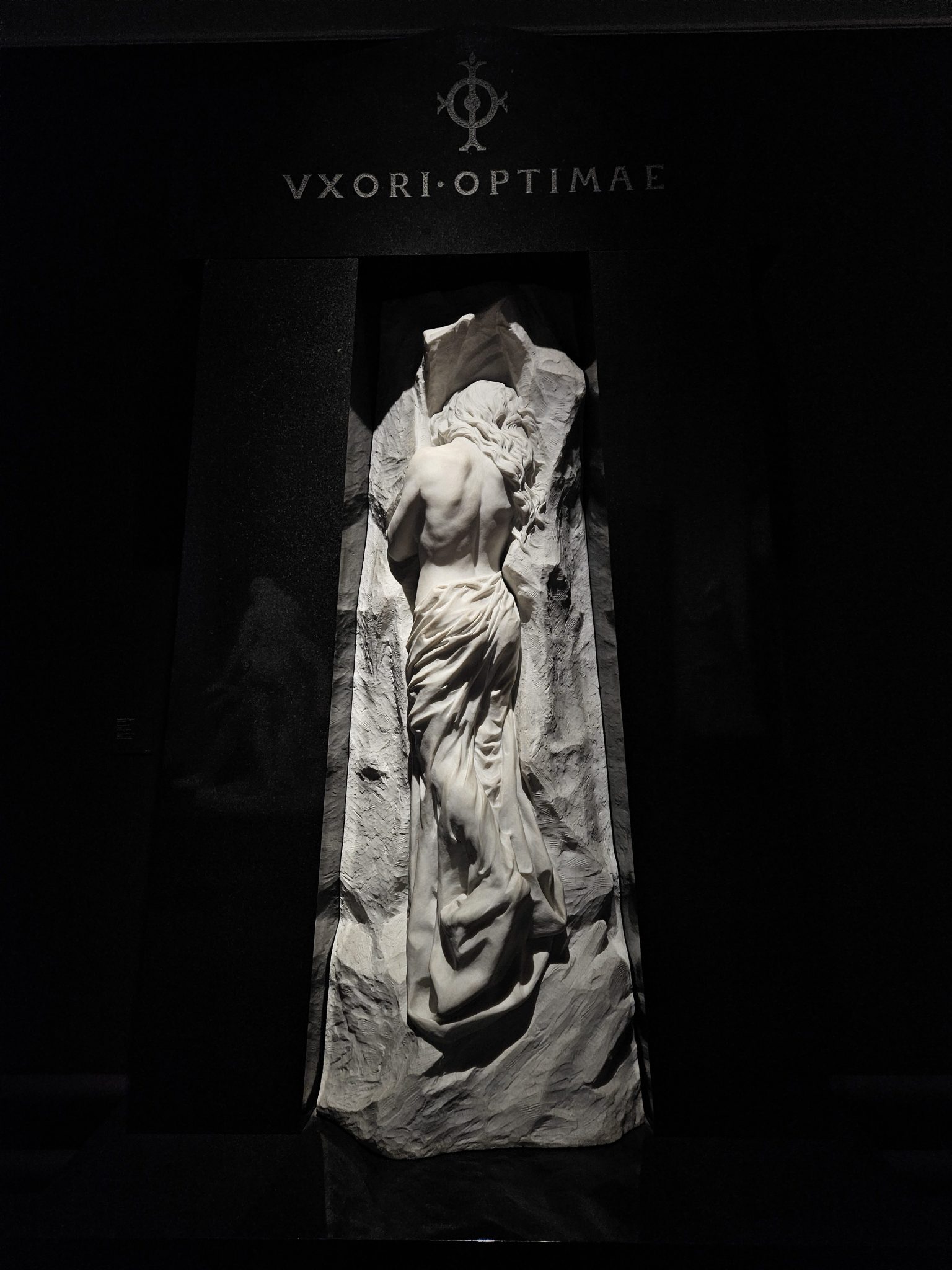
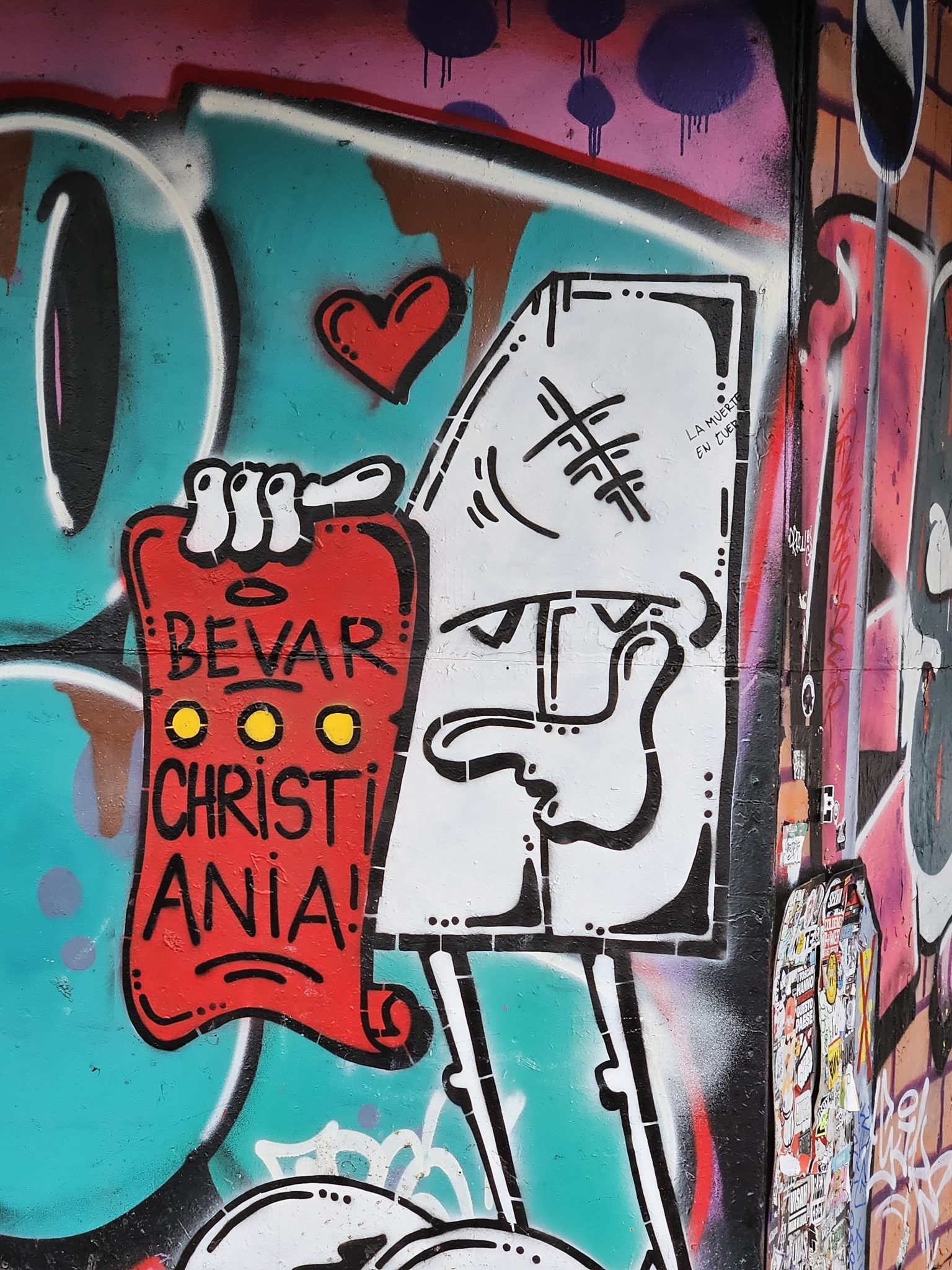
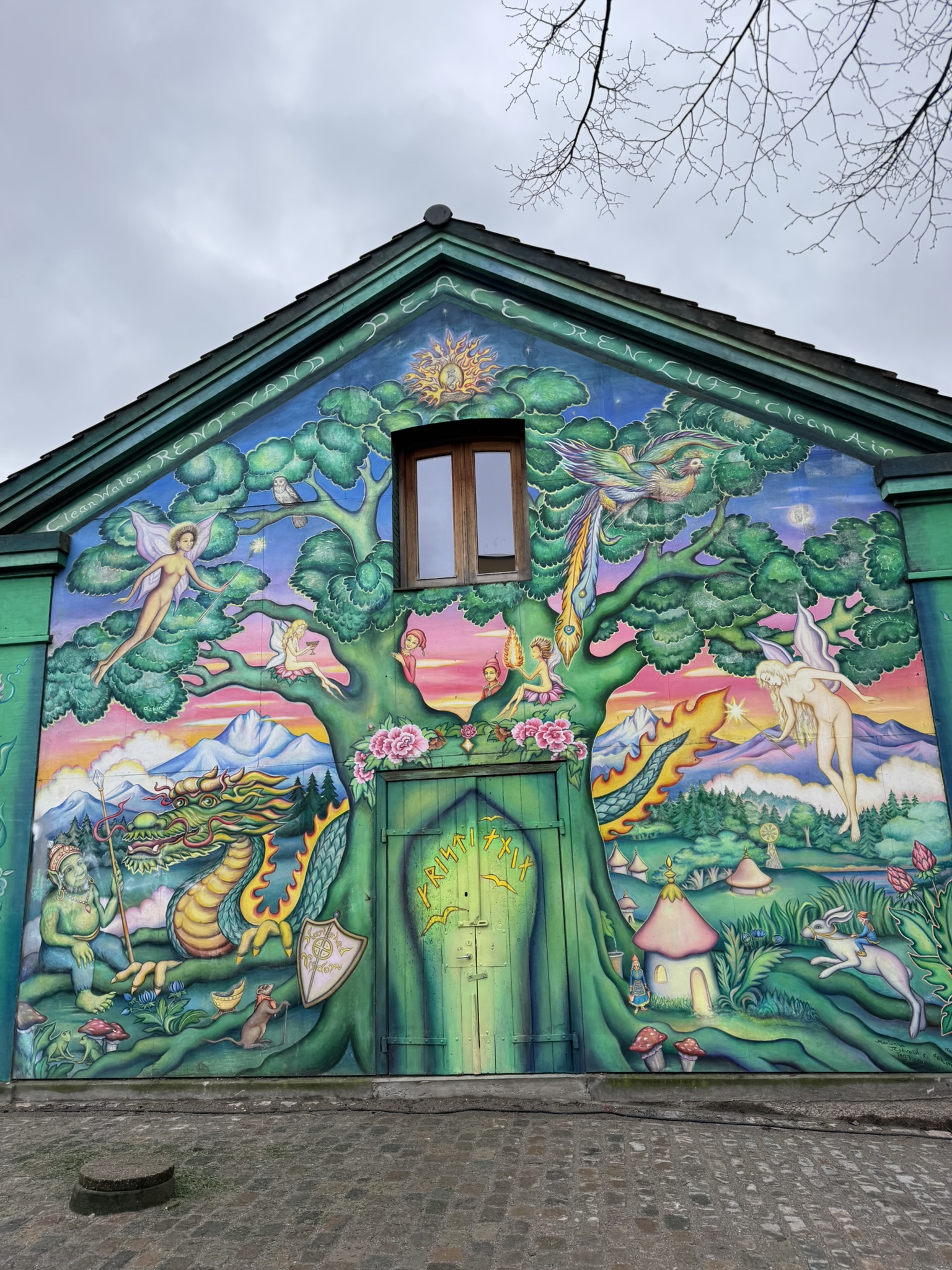


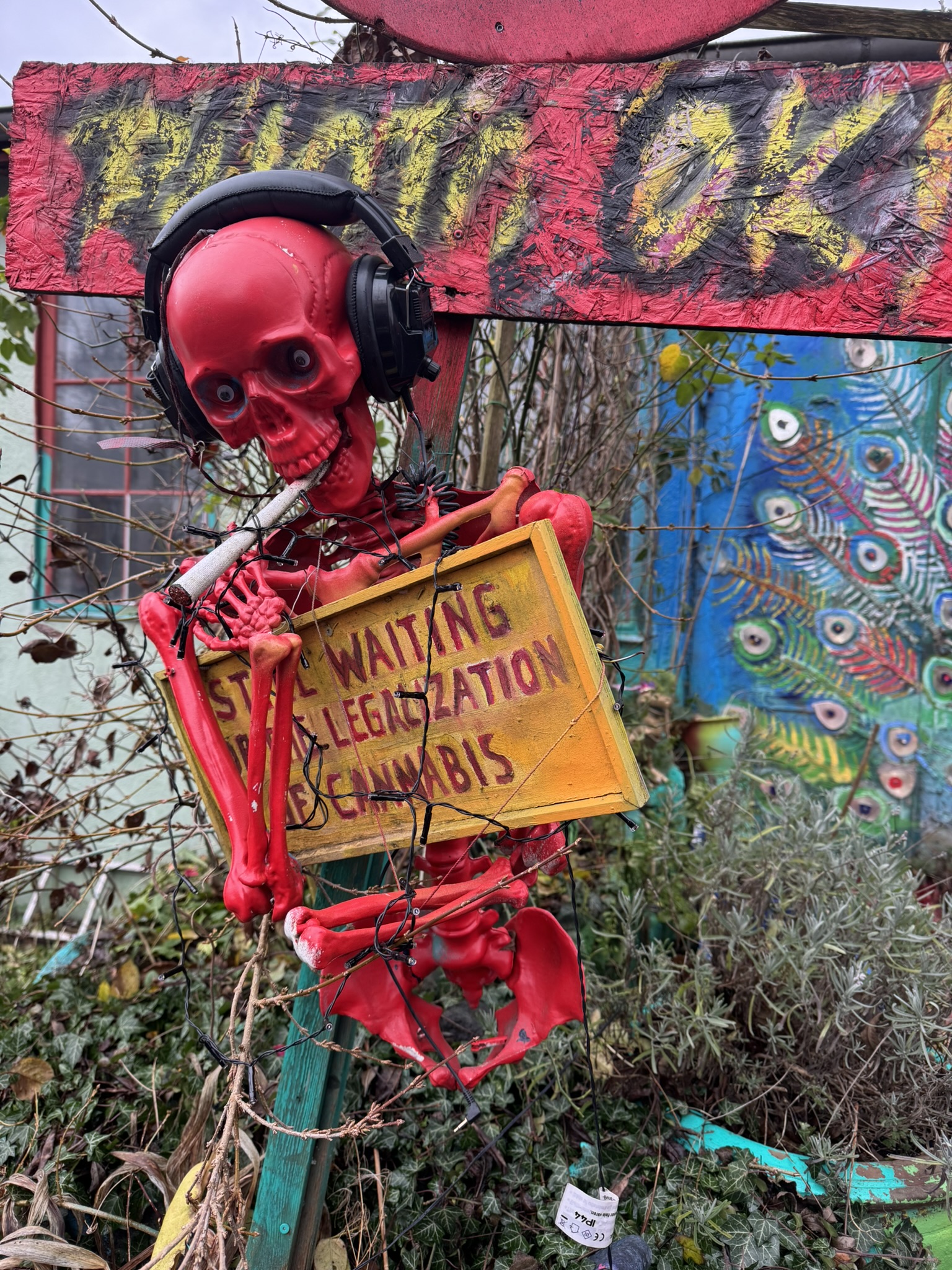
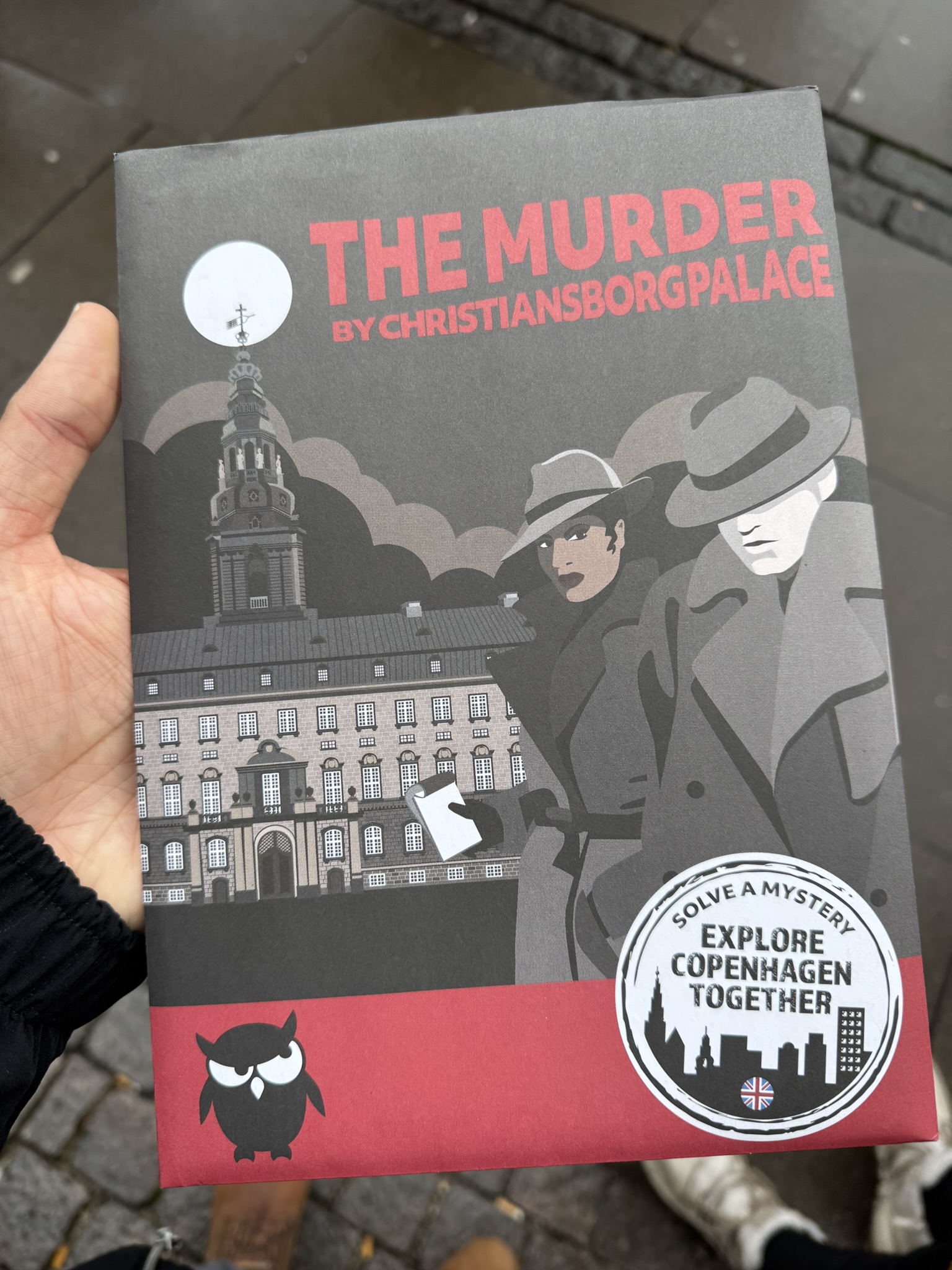
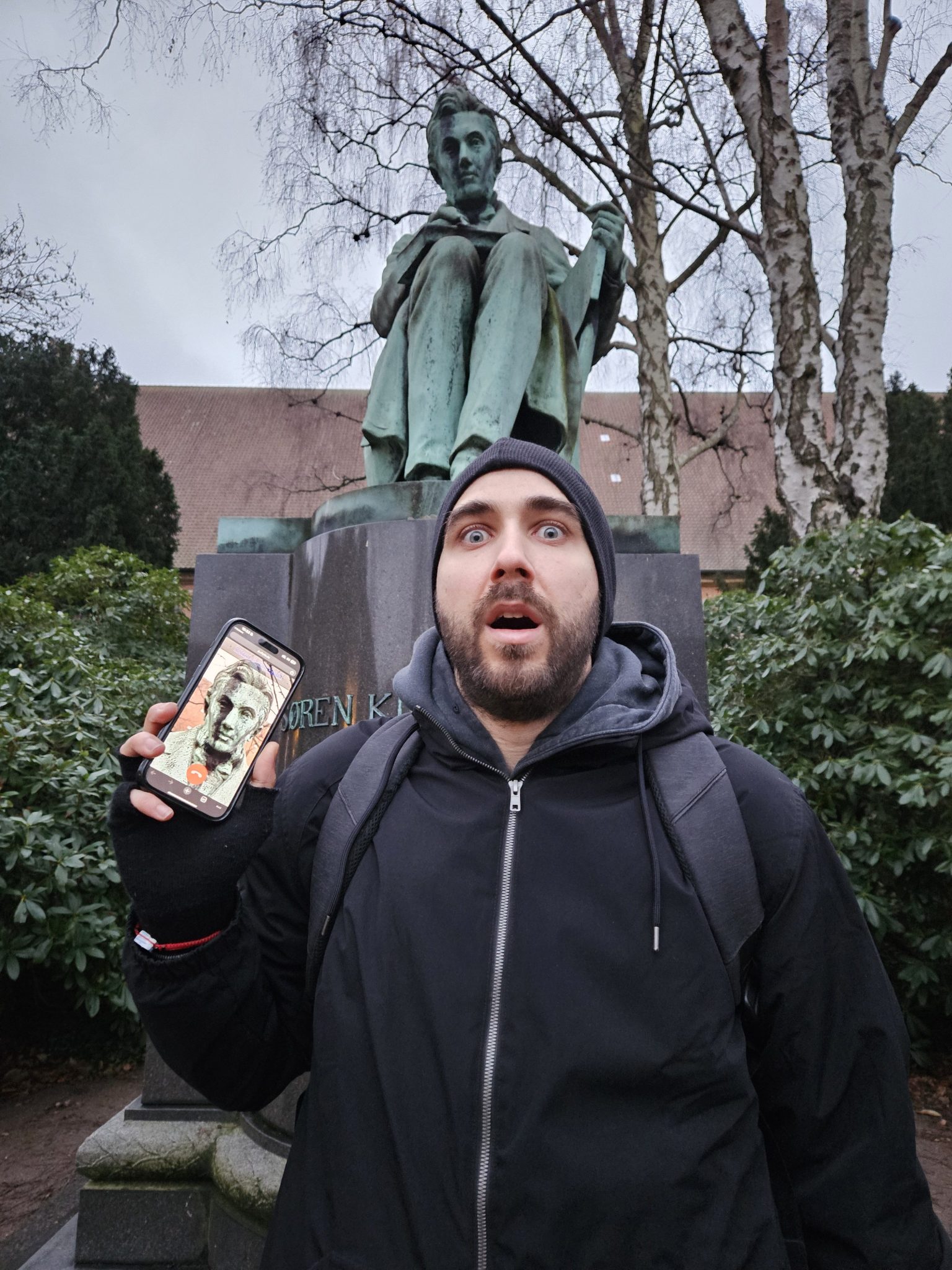
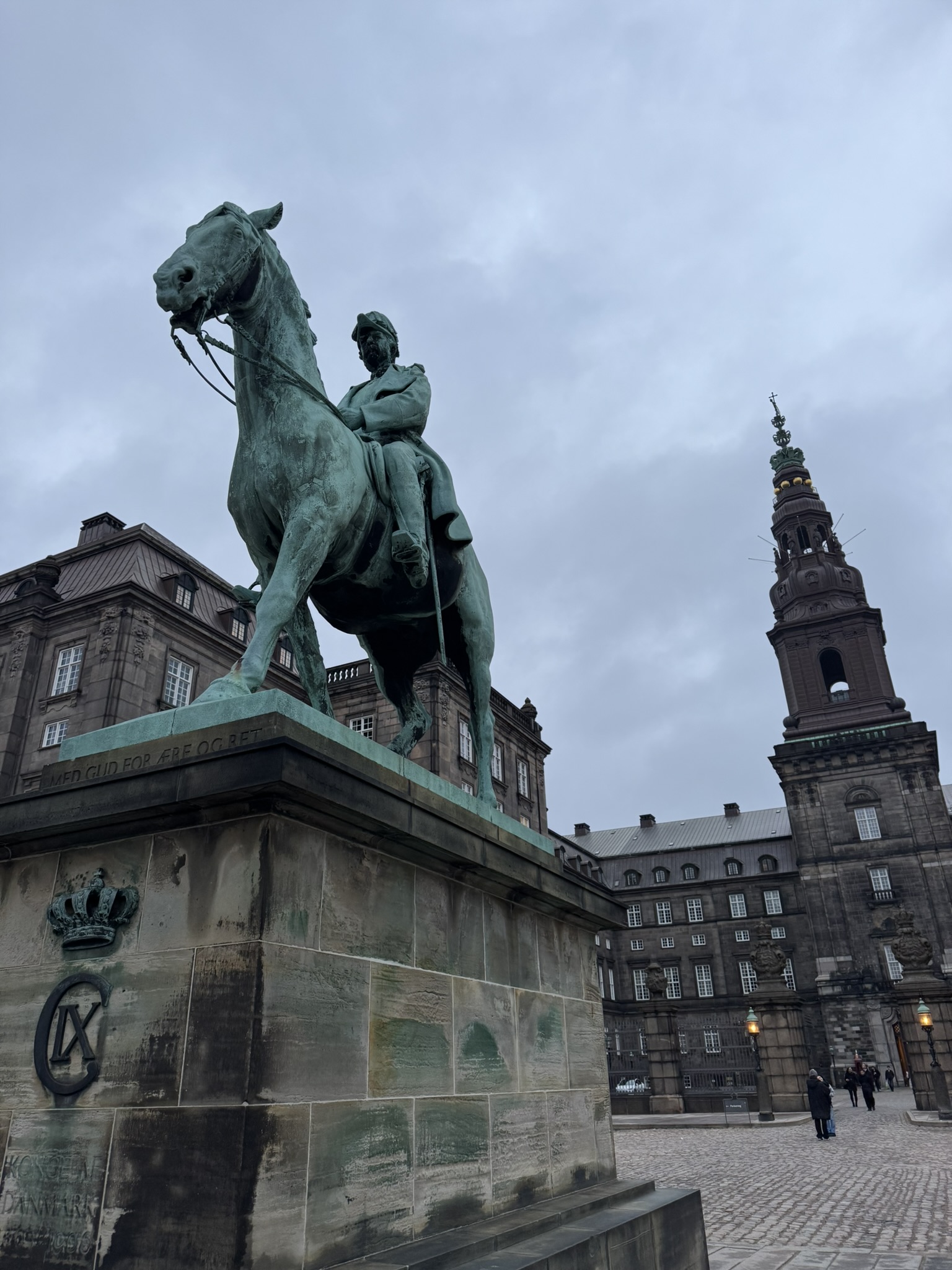
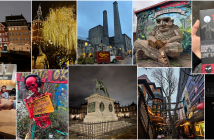

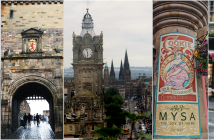
Komentari preko Facebooka